40 lipids on food labels
Lipid Types and Structures - Nutrition: Science and Everyday ... Understanding Food Labels. Tools for Achieving a Healthy Diet. Unit 2 - Nutrition Science and Information Literacy ... There are three main types of lipids: triglycerides, phospholipids, and sterols. ... including avocados, olives, corn, and nuts. We commonly call the triglycerides in our food "fats" and "oils." Fats are lipids that are ... dtc.ucsf.edu › learning-to-read-labelsLearning To Read Labels :: Diabetes Education Online On a nutrition food label, subtract the fiber from the total carbohydrate amount. When you read food labels, the grams of sugar are already included in the total carbohydrate amount, so you do not need to count this sugar amount separately. The grams of sugar listed include both natural sugars, from fruit or milk, and added sugars.
Food Labels: Carbohydrates | Home & Garden Information Center The Daily Value (DV) for total carbohydrate is 300 grams (g) or 100% DV, based on a 2,000-calorie diet. This number combines several types of carbohydrates: dietary fiber, sugars and complex carbohydrates. Listed below total carbohydrate on the food label are the values for dietary fiber and sugars.

Lipids on food labels
Lipids – Nutrition Essentials - Maricopa Understanding Food Labels and Health Claims. 6. Essential Nutrients. 7. The Process of Digestion and Absorption. 8. Carbohdyrates. 9. Lipids. 10. Protein. 11. Food Allergies. 12. Vitamins. ... Lipids are important fats that serve different roles in the human body. The three main types of lipids are triacylglycerols (also known as triglycerides open.maricopa.edu › nutritionessentials › chapterLipids – Nutrition Essentials - Maricopa Food Sources of Lipids. Dietary lipids are primarily oils (liquid) and fats (solid). Commonly consumed oils are canola, corn, olive, peanut, safflower, soy, and sunflower oil. Foods rich in oils include salad dressing, olives, avocados, peanut butter, nuts, seeds, and some fish. Fats are found in animal meat, dairy products, and cocoa butter. Digestion and Absorption of Lipids – Nutrition: Science and … Let’s start at the beginning to learn more about the path of lipids through the digestive tract. 1. Lipid Digestion in the Mouth. A few things happen in the mouth that start the process of lipid digestion. Chewing mechanically breaks food into smaller particles and mixes them with saliva.
Lipids on food labels. Should I check the cholesterol on nutrition labels? Major dietary cholesterol contributors — meat, fish, and chicken — often have no label. Having less than 4-6 oz of those per day and less than 2-4 eggs per week will generally keep your cholesterol reasonable. And that's a smart idea anyhow, to leave room for more artery-friendly fruits, veg, whole grains, beans, nuts, seeds, etc.". Lipids and the Food Industry - Human Nutrition 2e Hydrogenation poses a solution that food manufacturers prefer. When. lipids. are subjected to hydrogenation, the molecular structure of the fat is altered. Hydrogenation is the process of adding hydrogen to unsaturated fatty-acid chains, so that the hydrogen atoms are connected to the points of saturation and results in a more saturated fatty ... Foods with Lipids | List & Benefits - Video & Lesson Transcript - Study.com Brazil nuts are an excellent food source of lipids (unsaturated fat) at 19 grams per ounce. Fried pork skins and bacon-flavored cheese snacks contain high amounts of saturated fats. openoregon.pressbooks.pub › nutritionscienceDigestion and Absorption of Lipids – Nutrition: Science and ... Figure 5.22. Lipid digestion and absorption in the small intestine. Once inside the intestinal cell, short- and medium-chain fatty acids and glycerol can be directly absorbed into the bloodstream, but larger lipids such as long-chain fatty acids, monoglycerides, fat-soluble vitamins, and cholesterol need help with absorption and transport to the bloodstream.
Amounts of which types of lipids must be listed on food labels? Answer ... Amounts of which types of lipids must be listed on food labels? Answer monounsaturated fat trans fat cholesterol a and b b and cAmounts of which type of lipids must be listed on the food labels are b and c which is trans fat and cholesterol. Which types of lipid amounts must be listed on food labels? Which types of lipid amounts must be listed on food labels? 1 doctor answer • 2 doctors weighed in. Share. Dr. Bennett Werner answered. Cardiology 45 years experience. See below: Total fat, saturated fat, polyunsaturated fat, monounsaturated fat, and cholesterol. 4.8k views Reviewed >2 years ago. Interpreting Total Fat and Types of Fat on Food Labels - Nina Cherie ... Now, at the end of the day, since all high-fat foods tend to drive up calorie counts, it's typically recommended that you limit your intake of total fat to 25-35% of your daily calories. Of this amount, saturated fats and trans fats should comprise less than 7-10% and no more than 1%, respectively. At the very least, following these ... › blog › analyzing-fat-in-foodThe Science Behind Analyzing Fat in Food | Medallion Labs Feb 27, 2018 · Fats are primarily the triesters of fatty acids and glycerol and thus are commonly called triglycerides. Solid triglycerides are referred to as fat while liquid triglycerides are called oils. Lipids, on the other hand, include all the “fatty” materials—the substances dissolved in a fat-solubilizing solvent in a food.
Lipids and the Food Industry - Human Nutrition - University of Hawaiʻi Hydrogenation poses a solution that food manufacturers prefer. When lipids are subjected to hydrogenation, the molecular structure of the fat is altered. Hydrogenation is the process of adding hydrogen to unsaturated fatty-acid chains, so that the hydrogen atoms are connected to the points of saturation and results in a more saturated fatty acid. people.umass.edu › ~mcclemen › 581LipidsANALYSIS OF LIPIDS - UMass Government regulations often demand that the amounts of saturated, unsaturated and polyunsaturated lipids, as well as the amount of cholesterol, be specified on food labels. Food Quality. Desirable physical characteristics of foods, such as appearance, flavor, mouthfeel and texture, depend on the type of lipids present. Learning To Read Labels :: Diabetes Education Online Nutrition Facts labels list a breakdown of the total carbohydrate from dietary fiber, sugars and sugar alcohols. This can be confusing. On Nutrition Facts food labels, the grams of dietary fiber are already included in the total carbohydrate count, but because fiber is a type of carbohydrate that your body can’t digest, the fiber does not increase your blood sugar levels. openoregon.pressbooks.pub › nutritionscienceCarbohydrate Food Sources and Guidelines for Intake Table 4.1. “USDA food groups with examples of foods and type of carbohydrate present within each food group” by Tamberly Powell is licensed under CC BY-NC-SA 4.0; Table 4.2. “Dietary Recommendations for Carbohydrates” by Tamberly Powell is licensed under CC BY-NC-SA 4.0; data from Institute of Medicine, Food and Nutrition Board, 2005.
7 Types of Foods That Contain Lipids (and Which to Limit) Eggs are another food with proteins and lipids. They don't have much saturated fat ( 1.6 grams or 8 percent of your daily value per large egg), but they do have dietary cholesterol — and for years, people were advised to limit eating eggs for this reason.
6 Foods High in Lipids and Why You Should Avoid - WebMD Almost half of the lipids in beef fat consist of saturated fats. In fact, a single tablespoon, or 12 grams, can add more than 6 grams of saturated fat to your diet. 2.
Chapter 2 Flashcards | Quizlet Study with Quizlet and memorize flashcards containing terms like So far, the DRI Committee has published recommendations for the vitamins and minerals, along with those for carbohydrates, fiber, lipids, proteins, water, and energy. a. True b. False, On average, one should try to get 100% of the DRI for every nutrient to ensure an adequate intake over time. a. True b. False, Nutrient contents ...
The Science Behind Analyzing Fat in Food | Medallion Labs 27.02.2018 · Fats are primarily the triesters of fatty acids and glycerol and thus are commonly called triglycerides. Solid triglycerides are referred to as fat while liquid triglycerides are called oils. Lipids, on the other hand, include all the “fatty” materials—the substances dissolved in a fat-solubilizing solvent in a food.
Nutrition Facts: What are Lipids? - UniversalClass.com Lipids are fats, and they provide the body with nine calories per gram, making them the most energy rich component of food. Lipids are different from carbohydrates and proteins because they do not dissolve in water. Fat has received a very bad reputation over the last few decades, but a certain amount of fat is essential for healthy body functions.
Nutrition Ch 2 quiz Flashcards | Quizlet Amounts of which type of lipids must be listed on food labels? a. monounsaturated fat b. polyunsaturated fat c. omega-3 fat d. phospholipids e. trans fat. e. For healthy people, the Food Lists for Diabetes help primarily with: a. balance. b. calorie control. c. adequacy d. moderation
Lipids and the Food Industry - Human Nutrition [DEPRECATED] Hydrogenation poses a solution that food manufacturers prefer. When lipids are subjected to hydrogenation, the molecular structure of the fat is altered. Hydrogenation is the process of adding hydrogen to unsaturated fatty-acid chains, so that the hydrogen atoms are connected to the points of saturation and results in a more saturated fatty acid.
lipids on food labels Latest Stories | Echemi Find everything about lipids on food labels you need.You can dig into the news and opinion of lipids on food labels on echemi.com.
How to Understand and Use the Nutrition Facts Label | FDA - U.S. Food ... It's important to realize that all the nutrient amounts shown on the label, including the number of calories, refer to the size of the serving. Pay attention to the serving size, especially how ...
dtc.ucsf.edu › living-with-diabetes › diet-andCounting Sugar Alcohols :: Diabetes Education Online When counting carbohydrates for products made with sugar alcohols, subtract half of the grams of sugar alcohol listed on the food label from the total grams of carbohydrate. Remember that because sugar alcohols are harder for your body to digest, eating too many sugar alcohols may cause digestive complaints like gas, cramping and diarrhea.
Food Labels: Fat & Cholesterol | Home & Garden Information Center The 2015 Dietary Guidelines for Americans recommends the following intakes of fat and cholesterol every day: total fat—20 to 35% of calories, depending on age and gender (65 grams for the 2,000-calorie intake level used in the Daily Value)*. saturated fat—less than 10% of calories**. trans fat— keep as low as possible.
How to Find Lipids on Food Labels | Healthy Living How to Find Lipids on Food Labels. The nutrition facts panel describes the amount of total fat, or lipids, and the types of fats you'll get from one serving. You'll also find claims such as "fat-free" and "low-fat" on some packaging. These claims are not random; health claims are defined and regulated by the U.S. Food and Drug Administration.
ANALYSIS OF LIPIDS - UMass Government regulations often demand that the amounts of saturated, unsaturated and polyunsaturated lipids, as well as the amount of cholesterol, be specified on food labels. Food Quality. Desirable physical characteristics of foods, such as appearance, flavor, mouthfeel and texture, depend on the type of lipids present.
Digestion and Absorption of Lipids – Nutrition: Science and … Let’s start at the beginning to learn more about the path of lipids through the digestive tract. 1. Lipid Digestion in the Mouth. A few things happen in the mouth that start the process of lipid digestion. Chewing mechanically breaks food into smaller particles and mixes them with saliva.
open.maricopa.edu › nutritionessentials › chapterLipids – Nutrition Essentials - Maricopa Food Sources of Lipids. Dietary lipids are primarily oils (liquid) and fats (solid). Commonly consumed oils are canola, corn, olive, peanut, safflower, soy, and sunflower oil. Foods rich in oils include salad dressing, olives, avocados, peanut butter, nuts, seeds, and some fish. Fats are found in animal meat, dairy products, and cocoa butter.
Lipids – Nutrition Essentials - Maricopa Understanding Food Labels and Health Claims. 6. Essential Nutrients. 7. The Process of Digestion and Absorption. 8. Carbohdyrates. 9. Lipids. 10. Protein. 11. Food Allergies. 12. Vitamins. ... Lipids are important fats that serve different roles in the human body. The three main types of lipids are triacylglycerols (also known as triglycerides
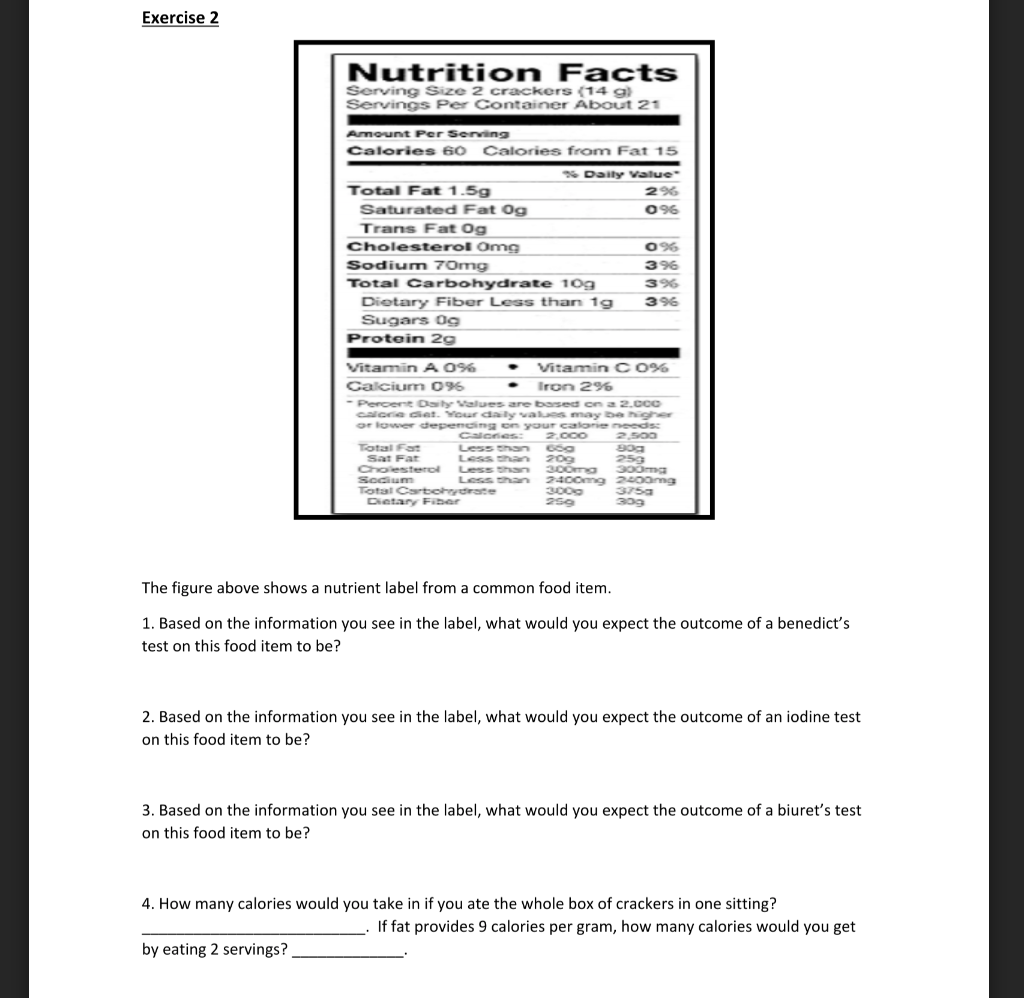
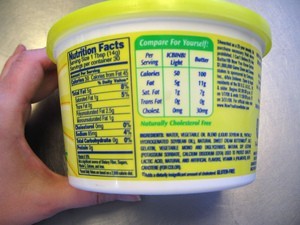

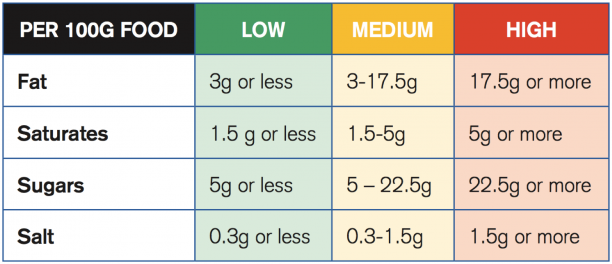

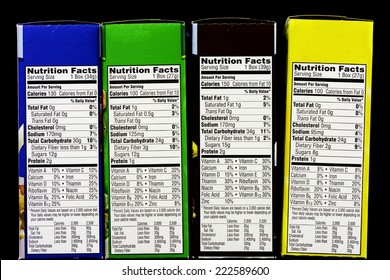
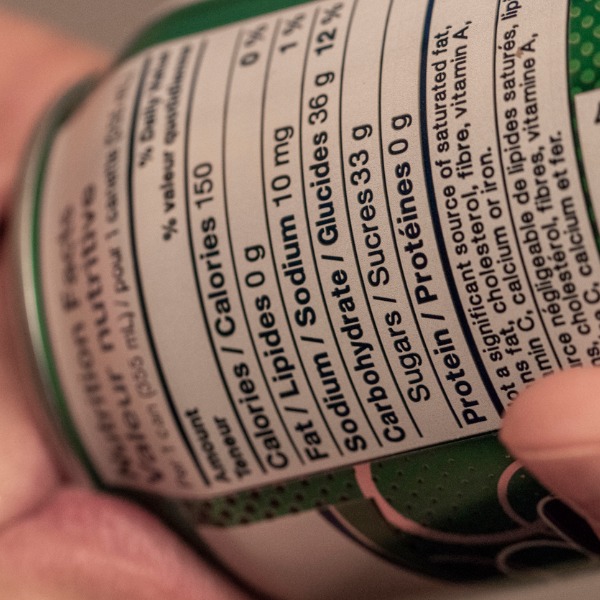
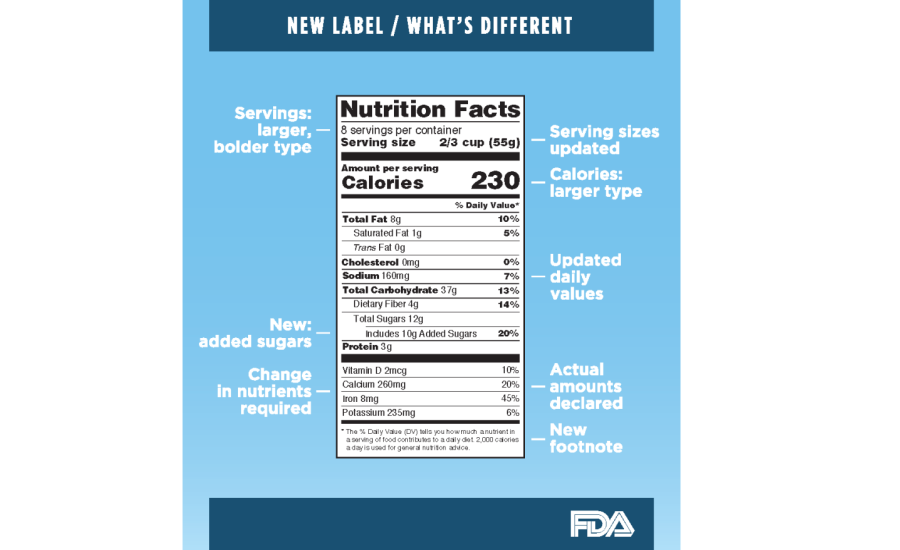

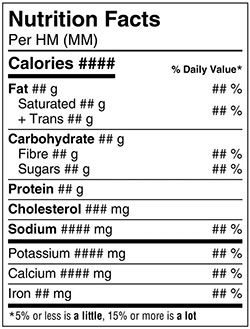
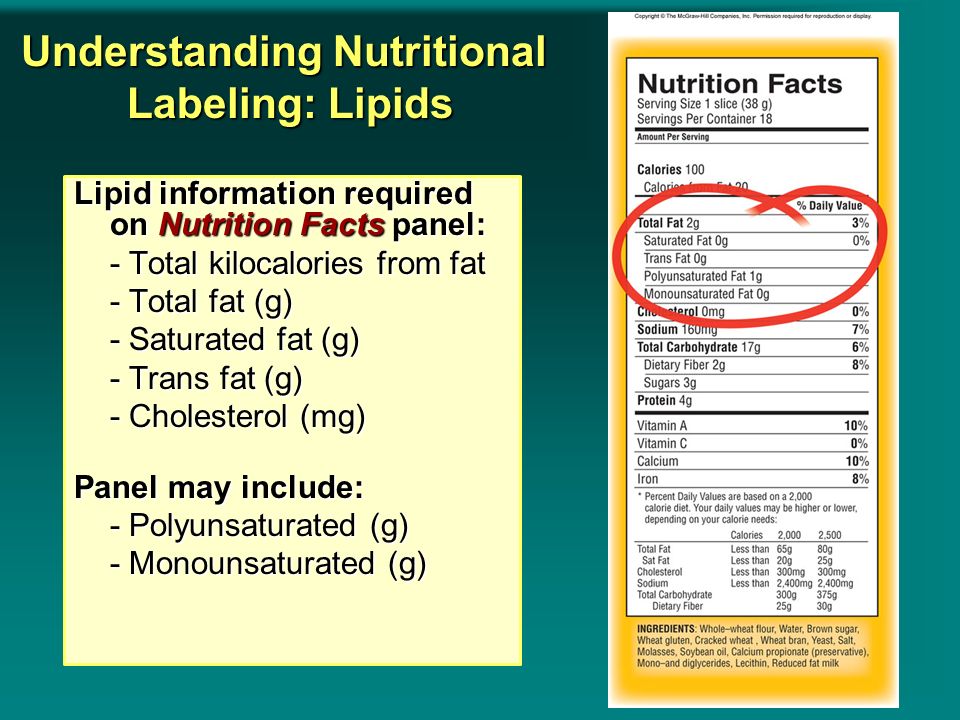



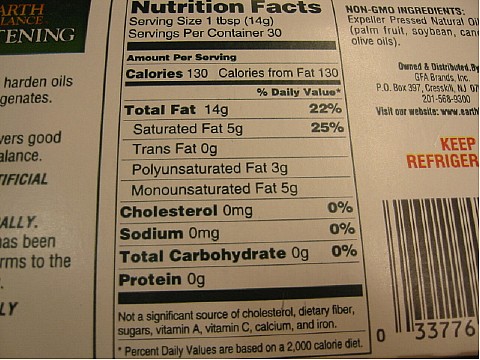

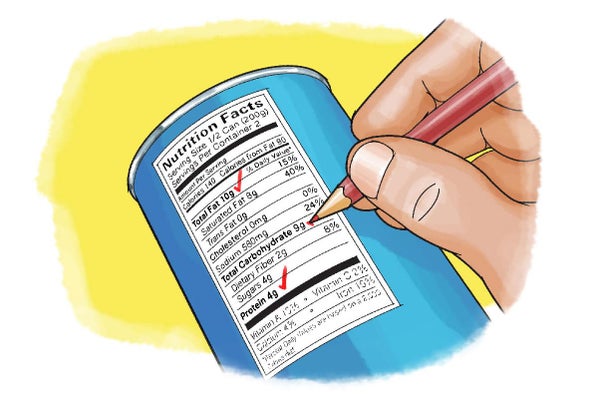
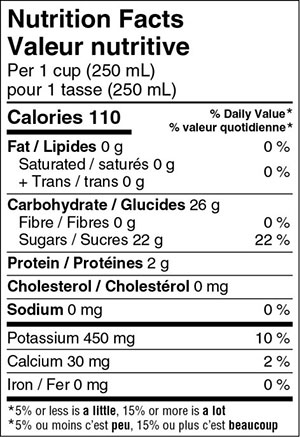

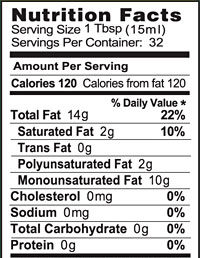



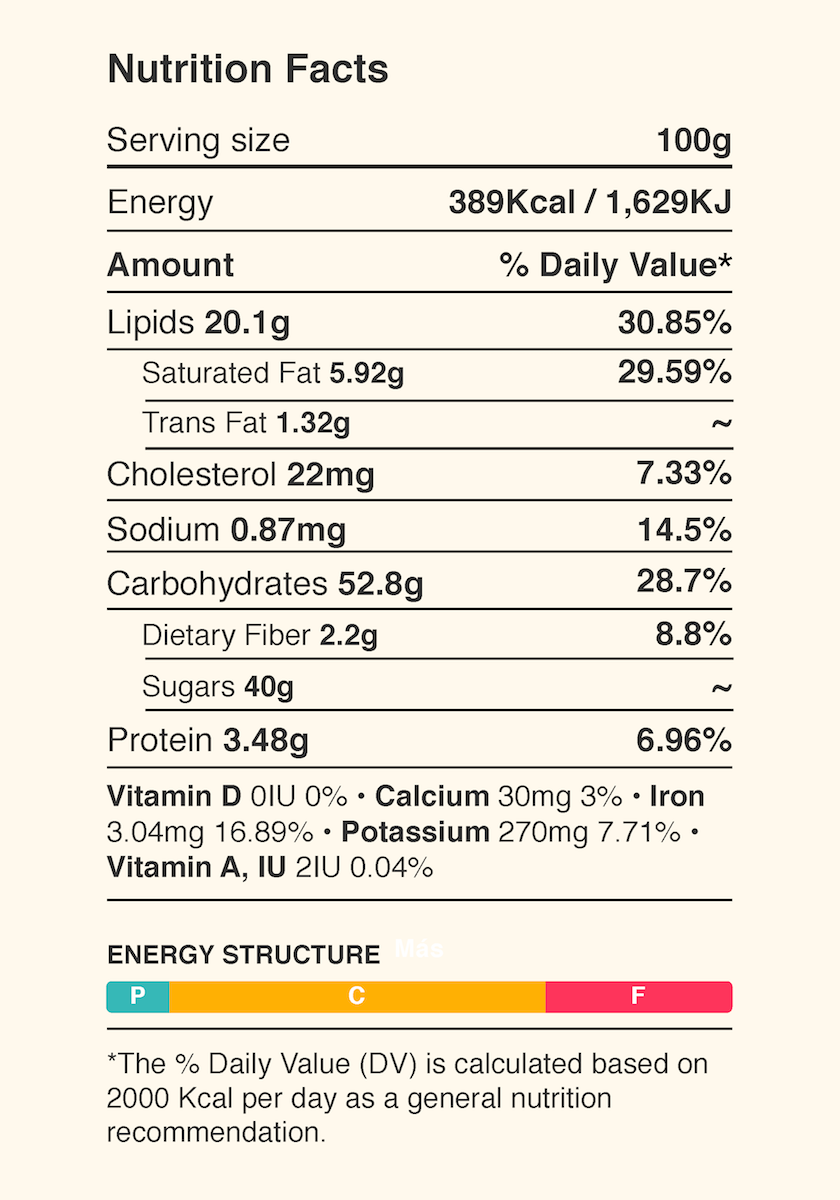
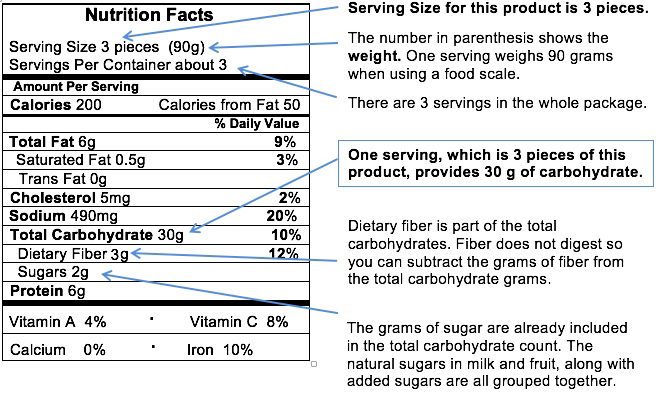





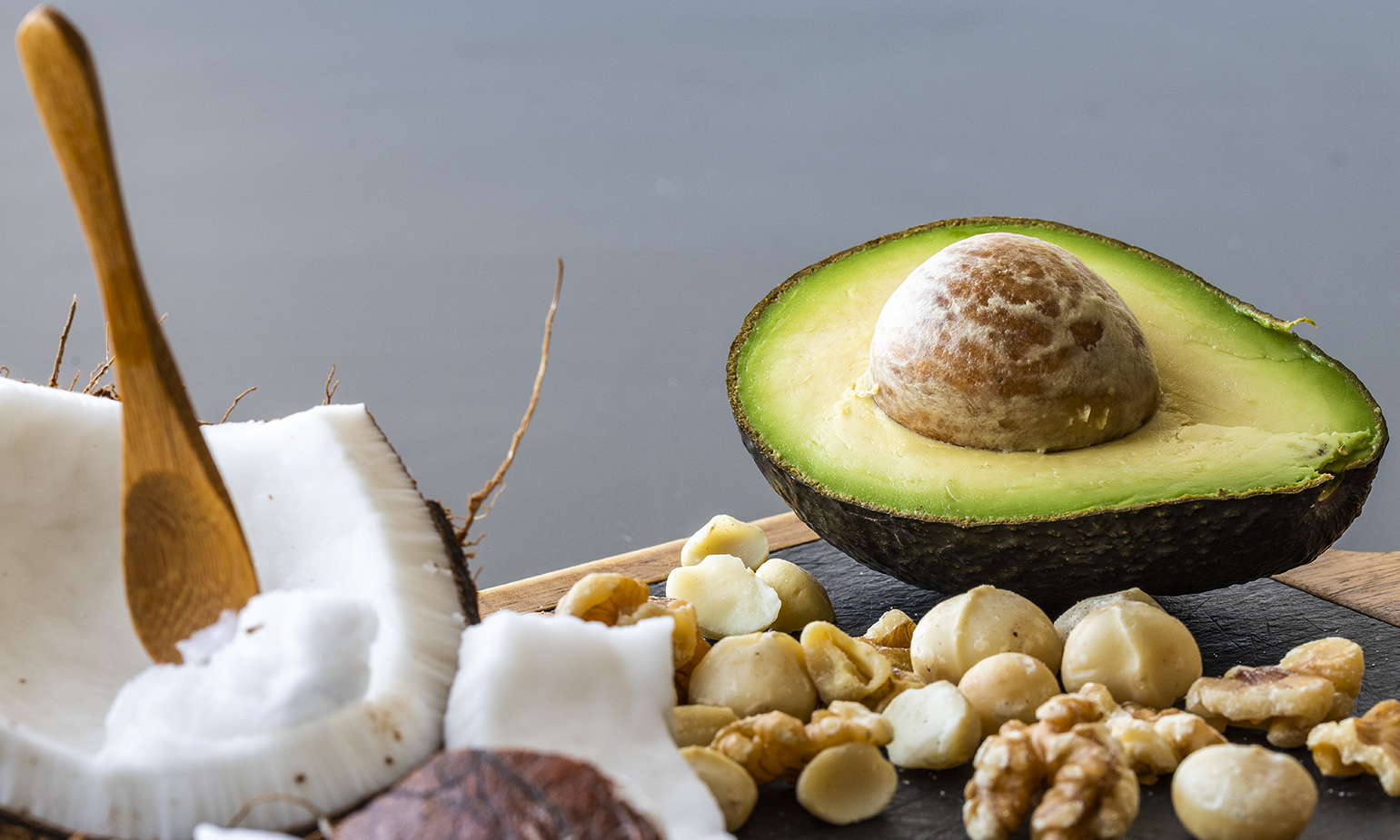
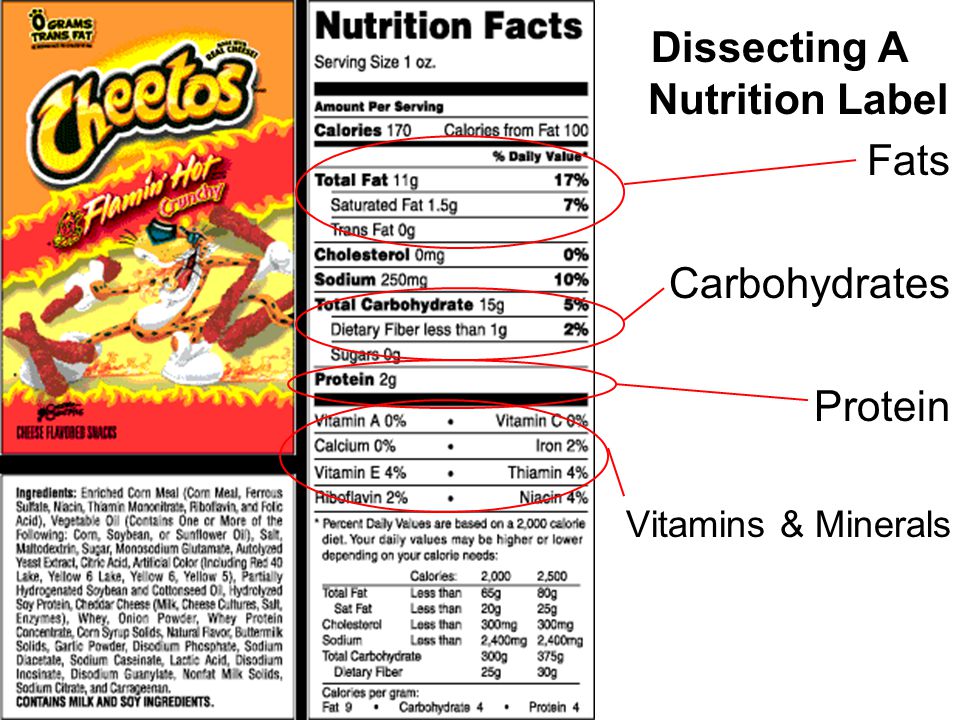



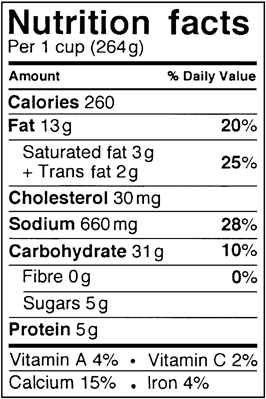
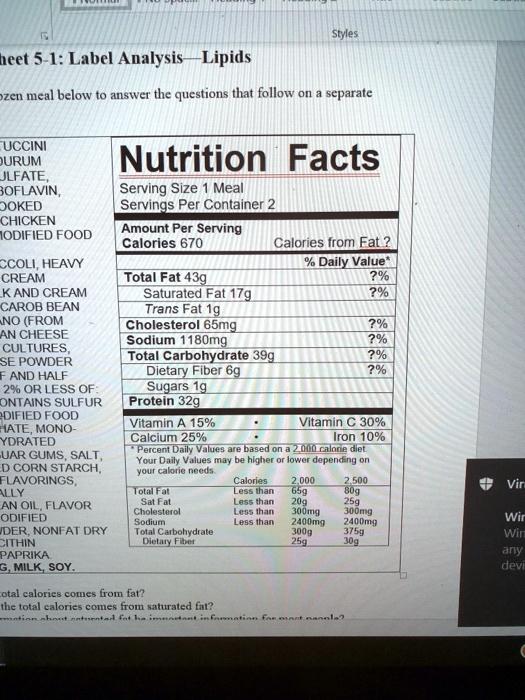

Post a Comment for "40 lipids on food labels"